Notebook
-
 Planetary Science
Planetary ScienceUninhabitable Earth
A recent estimate of the lifetimes of the habitability zones of Earth and various exoplanets suggests Earth could become unable to support life as soon as 1.75 billion years from now, when the sun brightens before dying out.
-
 Paleontology
PaleontologyOldest bug bonk
Preserved as fossils, two insects remain caught in the act 165 million years later.
-
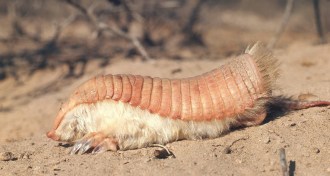 Animals
AnimalsPink armadillos ain’t your Texas critters
It’s a real animal, the smallest armadillo species in the world. At about 100 grams, it would fit in your hands.
By Susan Milius -
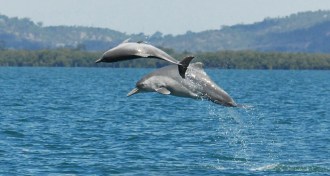 Animals
AnimalsDolphin without a name
While splitting the dolphin family tree, researchers found a new species.
By Beth Mole -
 Physics
PhysicsNew Atomic Accelerator
This excerpt from the December 14, 1963, issue of Science News Letter talks about how the atom smashers at Argonne National Lab have evolved.
-
 Materials Science
Materials ScienceQingsongite
This newly christened mineral has an atomic structure that’s similar to diamond and nearly as hard.
-
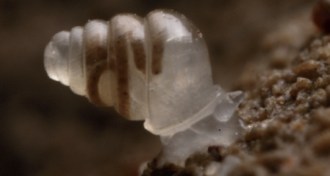
-
 Planetary Science
Planetary ScienceMoon material on Earth
Scientists now think that tektites are a type of impactite, formed during the rapid heating and cooling of material ejected when a meteorite strikes Earth.
-
 Physics
PhysicsOldest pitch-drop experiment
The allure of pitch — a black tarlike hydro-carbon by-product of distilling petroleum, wood or coal — comes from its split personality: It shatters from a quick hit with a hammer, but flows if set aside for long periods.
By Andrew Grant -
 Health & Medicine
Health & MedicineSeek Meningitis Vaccine
Excerpt from the November 9, 1963, issue of SCIENCE NEWS LETTER.
By Science News -
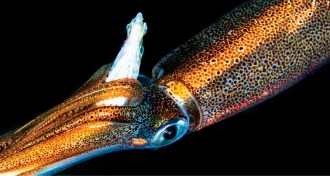 Animals
AnimalsThe colorful lives of squid
Your calamari, it turns out, may have come from a temporary transvestite with rainbows in its armpits.
By Susan Milius -
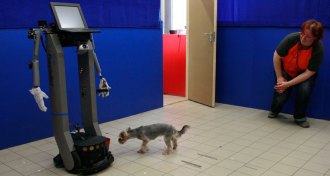 Animals
AnimalsDogs pick up robots’ social cues
Dogs were more likely to pay attention to a PeopleBot robot — a machine with a laptop head and Mickey Mouse–style hands — after watching it walk, talk and shake hands with humans.
By Meghan Rosen